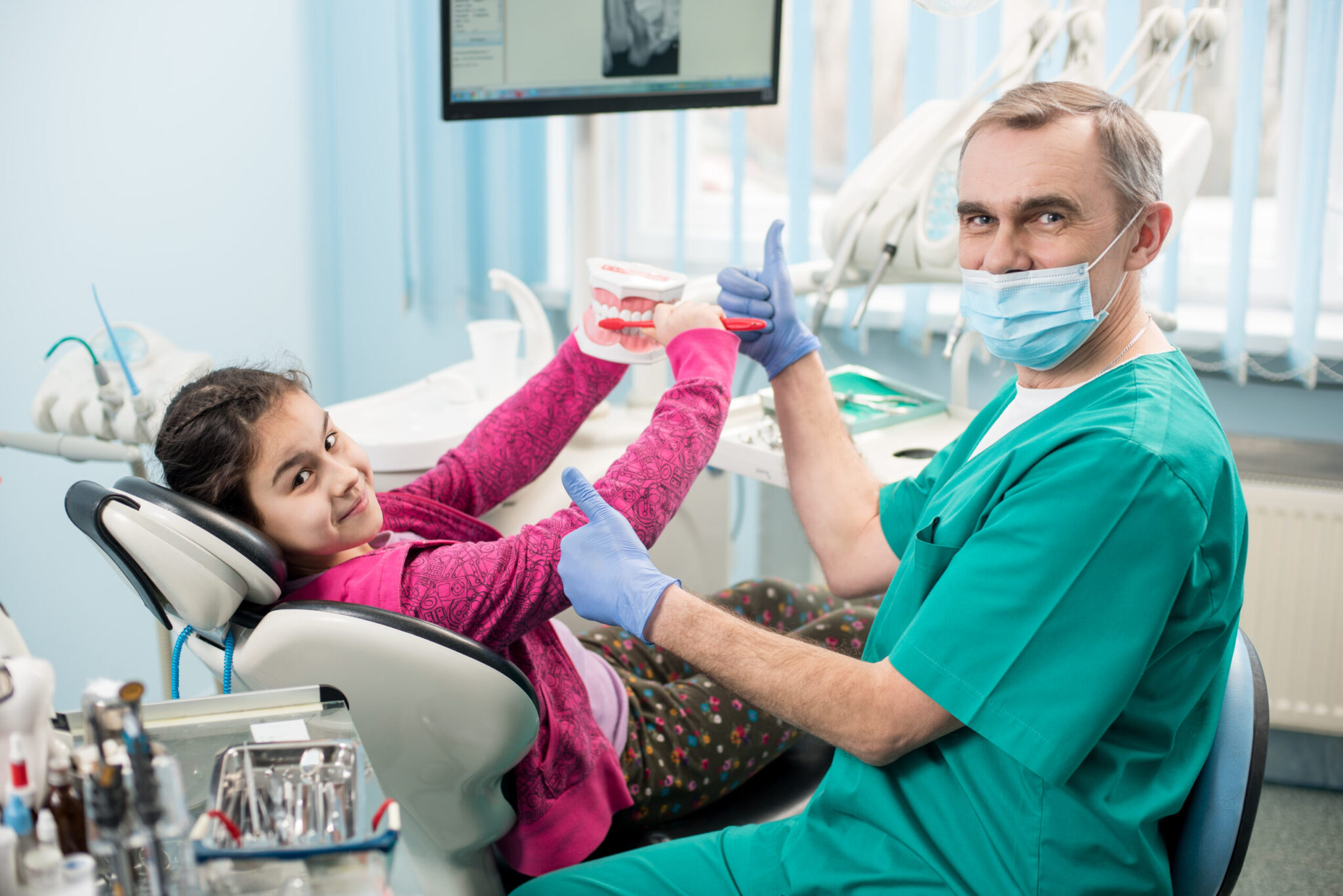Creating a culture of patient safety is crucial for healthcare organizations. Healthcare staff need to be educated and trained on best practices to improve patient care. Achieving and maintaining a high standard of patient safety requires a comprehensive and systematic approach to staff education.
Implementing the National Patient Safety Goals

One of the best starting points for educating healthcare staff on patient safety goals is through the implementation of the National Patient Safety Goals. These goals are evidence-based guidelines designed to help healthcare organizations improve patient care in critical areas. The goals are specific and measurable, which can help staff understand their responsibilities and take necessary actions toward safety improvements.
By adopting these goals, organizations can establish a framework for patient safety education and training. It is important for all healthcare staff to understand the goals and how they can contribute to patient safety.
Training should be ongoing and consistent. Organizations should assess their compliance with the National Patient Safety Goals regularly and update staff education based on emerging trends and evidence-based practices. Continuous education and reinforcing the importance of patient safety can result in long-lasting improvements and a robust patient safety culture.
Utilizing Simulation-Based Training
Simulation-based training has proven to be an effective method of teaching healthcare professionals about patient safety. It is an experiential learning technique that allows staff to practice various skills in a safe and controlled environment.
Simulation-based training can address a variety of patient safety topics, such as communication, teamwork, situation awareness, and clinical decision-making. Healthcare organizations can use computer-based simulations, manikin-based simulations, or standardized patient programs to offer realistic and immersive learning experiences. These training methods can help healthcare staff better understand the significance of patient safety goals and improve their skills to meet those goals.
It is crucial that simulation-based training is tailored to the needs of individual staff members and specific healthcare settings. Ongoing assessments can provide valuable feedback for both staff and educators on areas for improvement, ensuring that the training is as effective as possible in promoting patient safety.
Designing Targeted Education Programs

It is essential to ensure that patient safety education is relevant and meaningful to your audience. Healthcare staff should receive targeted education programs that address their specific roles and responsibilities within the organization. This can help improve engagement and facilitate learning about patient safety goals.
Educators should take the time to understand the unique challenges faced by different healthcare professionals, such as physicians, nurses, and allied health providers. This information can be used to design targeted education programs that address specific job-related patient safety concerns.
Creating a well-designed targeted education program involves identifying the most pressing patient safety concerns, selecting the most appropriate teaching methods, and providing adequate resources for staff. High-quality educational materials and learning aids, such as color booklets in NYC, can create a more engaging and effective learning experience for healthcare staff.
Engaging in Interdisciplinary Collaboration
Patient safety is a shared responsibility among all healthcare professionals. Therefore, interdisciplinary collaboration is critical when educating healthcare staff on patient safety goals. The knowledge and experience of professionals from different disciplines can provide diverse perspectives and insights, contributing to a more comprehensive and inclusive education program.
One way to foster interdisciplinary collaboration is by organizing interdisciplinary team training. This allows healthcare professionals from different disciplines to participate together in educational activities. This can promote effective communication and problem-solving, as well as develop a better understanding of the roles and responsibilities of different team members in patient safety.
Another strategy for promoting interdisciplinary collaboration is creating interprofessional patient safety committees, which can discuss current issues and challenges and develop recommendations for education and training. These committees can ensure that patient safety education covers relevant content for all team members and is effective in achieving patient safety goals.
Overall, educating healthcare staff on patient safety goals requires a multifaceted and continuous approach. By implementing the National Patient Safety Goals, utilizing simulation-based training, designing targeted education programs, and engaging in interdisciplinary collaboration, organizations can help healthcare professionals understand and fulfill their roles in maintaining and improving patient safety. A collaborative and focused effort can lead to significant, lasting improvements in patient care and overall safety culture.





